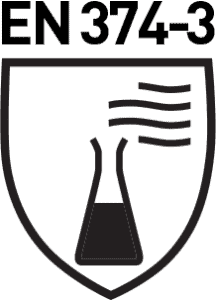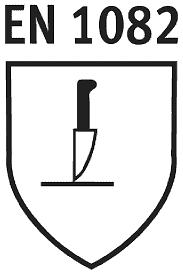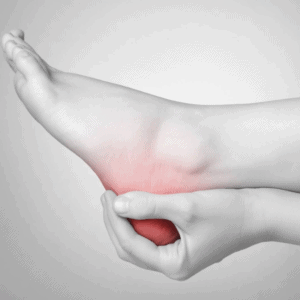European Hand Protection Standards Information
To conform with European legislation, all gloves supplied as personal protective equipment must comply with the Personal Protective Equipment Directive (implemented into UK law by The Personal Protective Equipment (EC Directive) Regulations 1992) and must be CE marked on the gloves, or on the packaging when this is not possible.
Pictograms help to quickly identify the work gloves’ suitability for specific purposes. You will find these in the ‘Classification’ column. Each symbol represents a different type of hazard and the numbers underneath indicate how well the safety glove performed in tests The higher the number the better the performance. Each of our safety glove styles displays a symbol to indicate it’s suitability.
Below are some of the most common hand protection standards for safety gloves.

Classification |
Level and Specification of Protection |
Rating |
||
|
|
Mechanical HazardsAbrasion resistance Blade cut resistance Tear resistance Puncture resistance |
0-4 0-5 0-4 0-4 |
||
|
|
Thermal Hazards (heat and/or fire)Flammability Contact heat Convective heat Radiant heat Small splashes of molten metal Large splashes of molten metal |
0-4 0-4 0-3 0-4 0-4 0-4 |
||
 |
Protection Against ColdResistance to convective cold Resistance to contact cold Permeability to water |
0-4 0-4 0-1 |
||
 |
Chemicals and Micro-organismsResistance to permeation by micro-organisms Level 1 Level 2 Level 3 |
4/S4 1.5/GI 0.65/GI |
||
|
|
Chemicals and Micro-organismsResistance to permeation by chemicals Level 1 |
>10mins |
||
 |
BS 374 : 2003 states that a glove must have a breakthrough time of at least 30mins when tested for 3 chemicals from a list of 12 standard defined chemicals. The chemicals tested against are designated an identifying letter from A to L
A Methanol |
|||
 |
Radioactive contamination resistance & Ionising Radiation | |||
 |
The resistance of gloves and of arm protectors to impact cuts (injuries caused by hand-held knives) |
Gloves which offer high protection display the relevant symbol to indicate their CE certification. The following information is usually also shown: the size, the manufacturer’s name, the name of the gloves, the standards of the tests which they have passed and their logos, the CE mark with the number of the organisation which has certified the glove.
If you require any further information about European Hand Protection Standards or a specific safety requirement, contact us on [email protected]
Would you like to know more about hand protection and work safety gloves before making a choice? You may find one of these articles helpful:
Would you like to know more about European Hand Protection Standards and the related symbols? Click here to read more about European Hand Protection Standards
Unsure of your glove size? Click here to read our ‘Glove Sizes – Size Measuring Guide’ blog
Would you like to know more about the materials used? Click here to read our ‘Glove Materials & Coatings’ blog.






